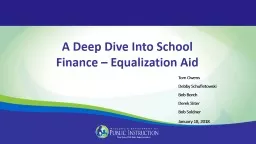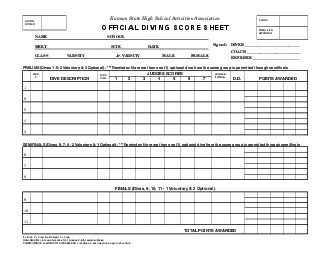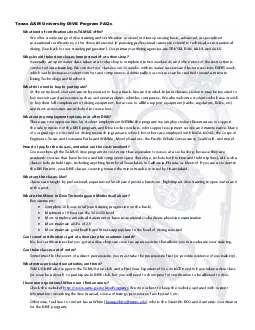PPT-A Deep Dive Into School
Author : kittie-lecroy | Published Date : 2018-11-10
Finance Equalization Aid Tom Owens Debby Schufletowski Bob Borch Derek Sliter Bob Soldner January 18 2018 Equalization Aid The fundamental purpose of the Equalization
Presentation Embed Code
Download Presentation
Download Presentation The PPT/PDF document "A Deep Dive Into School" is the property of its rightful owner. Permission is granted to download and print the materials on this website for personal, non-commercial use only, and to display it on your personal computer provided you do not modify the materials and that you retain all copyright notices contained in the materials. By downloading content from our website, you accept the terms of this agreement.
A Deep Dive Into School: Transcript
Download Rules Of Document
"A Deep Dive Into School"The content belongs to its owner. You may download and print it for personal use, without modification, and keep all copyright notices. By downloading, you agree to these terms.
Related Documents














